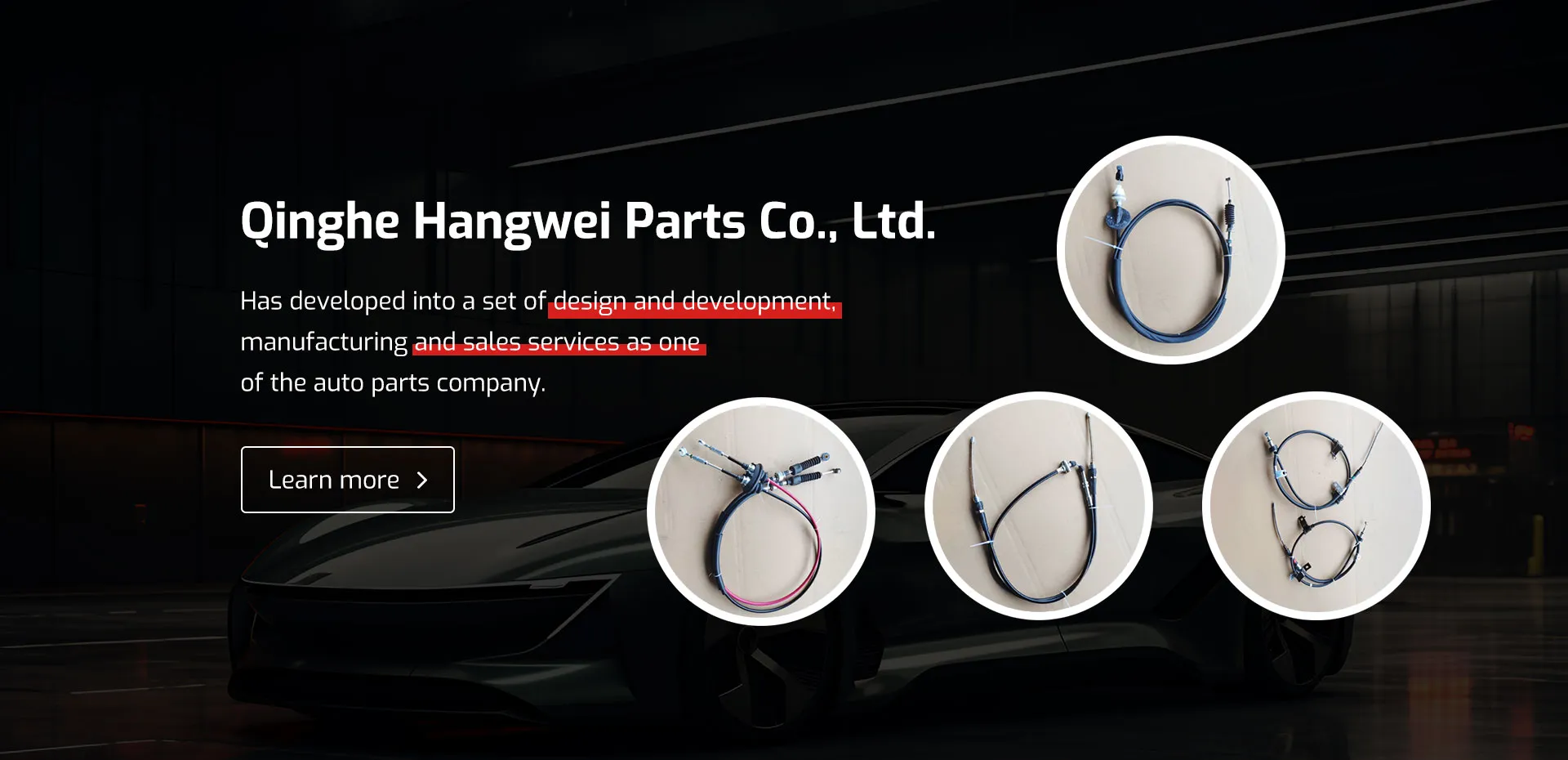clutch slave cylinder hose
Understanding the Clutch Slave Cylinder Hose
The clutch system in a vehicle plays a critical role in the functionality of a manual transmission. Among its various components, the clutch slave cylinder hose is an essential part, linking the hydraulic system that enables smooth gear shifting. This article explores the significance, functioning, and maintenance of the clutch slave cylinder hose.
What is a Clutch Slave Cylinder Hose?
The clutch slave cylinder hose is a flexible tube that carries hydraulic fluid from the master cylinder to the slave cylinder. Located within the transmission of a vehicle, the slave cylinder is responsible for moving the clutch fork, which subsequently disengages the clutch plate from the flywheel. This disengagement is crucial when shifting gears, allowing the vehicle to transition smoothly from one gear to another without grinding or damaging the transmission.
Importance of the Clutch Slave Cylinder Hose
The clutch slave cylinder hose is vital for the proper operation of the hydraulic clutch system. When the driver presses the clutch pedal, the master cylinder generates hydraulic pressure, which is transmitted through the hose to the slave cylinder. The slave cylinder then acts on the clutch fork, permitting the clutch to disengage as necessary.
If the hose is damaged or fails, the hydraulic fluid could leak, compromising the pressure required for proper clutch operation. This could lead to issues such as difficulty in shifting gears, a slipping clutch, or even total failure of the clutch system. Consequently, a well-maintained clutch slave cylinder hose ensures the vehicle operates smoothly and efficiently.
Common Issues with Clutch Slave Cylinder Hoses
Over time, exposure to heat, pressure, and fluid can degrade the materials used to construct the clutch slave cylinder hose. Common issues include
1. Leaking A damaged hose can develop leaks, causing a loss of hydraulic fluid. This will result in inadequate fluid pressure, making it difficult for the clutch to engage or disengage properly. 2. Cracking or Fraying Aging and wear may cause the hose to crack or fray, which can lead to unexpected failures. This is often exacerbated by environmental factors like extreme temperatures or exposure to chemicals.
clutch slave cylinder hose

3. Blockage Accumulation of debris or sludge in the hydraulic system can lead to blockages in the hose, impeding fluid flow and causing erratic clutch behavior.
Maintenance Tips
To ensure the longevity of the clutch slave cylinder hose and the overall health of the clutch system, regular maintenance is essential. Here are some tips for maintaining the hose
1. Regular Inspections Frequently check the condition of the hose for any visible signs of wear, like cracks, fraying, or leaks. Ensuring that it is intact can help prevent sudden failures.
2. Fluid Level Checks Regularly inspect the hydraulic fluid level in the master cylinder. Low fluid levels can indicate leaks elsewhere in the system, including the slave cylinder hose.
3. Replace as Needed If any signs of wear or damage are detected, it’s crucial to replace the hose immediately. Ignoring these issues can lead to more extensive and costly repairs.
4. Professional Assistance If uncertain about inspecting or replacing the hose, consider seeking professional help. Experienced mechanics can provide a thorough evaluation and ensure that the whole clutch system is functioning properly.
Conclusion
The clutch slave cylinder hose, while a small component, plays a pivotal role in the performance of a manual transmission vehicle. Understanding its function, recognizing the potential issues, and adhering to a regular maintenance routine can significantly enhance the lifespan of the clutch system. A well-maintained clutch slave cylinder hose not only ensures smoother gear transitions but also contributes to the overall safety and reliability of the vehicle. Drivers are encouraged to stay vigilant and proactive about their vehicle's hydraulic system to guarantee optimal driving experiences.
-
Workings of Clutch Pipe and Hose SystemsNewsJun.04,2025
-
The Inner Workings of Hand Brake Cable SystemsNewsJun.04,2025
-
The Secrets of Throttle and Accelerator CablesNewsJun.04,2025
-
The Hidden Lifeline of Your Transmission Gear Shift CablesNewsJun.04,2025
-
Demystifying Gear Cables and Shift LinkagesNewsJun.04,2025
-
Decoding Clutch Line Systems A Comprehensive GuideNewsJun.04,2025
